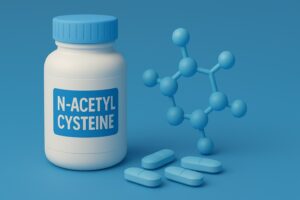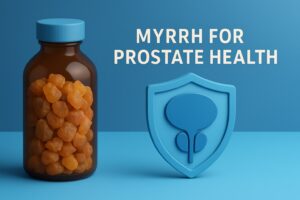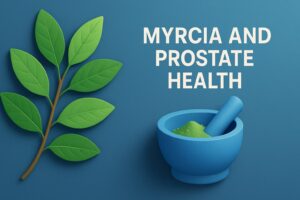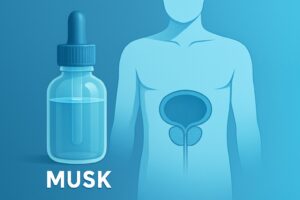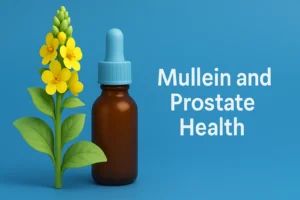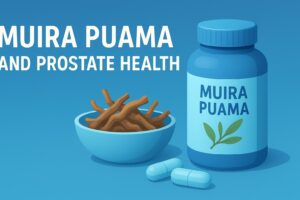
The Role of NADH in Prostate Health and Urinary Function
Nicotinamide adenine dinucleotide (NADH), the biologically active, reduced form of NAD⁺, is a crucial coenzyme found in all living cells. Known primarily for its role in cellular energy production, NADH has garnered attention for its broader physiological roles, including neuroprotection, anti-aging effects, and cellular repair. Recent interest has turned toward its influence on men’s health, particularly prostate


